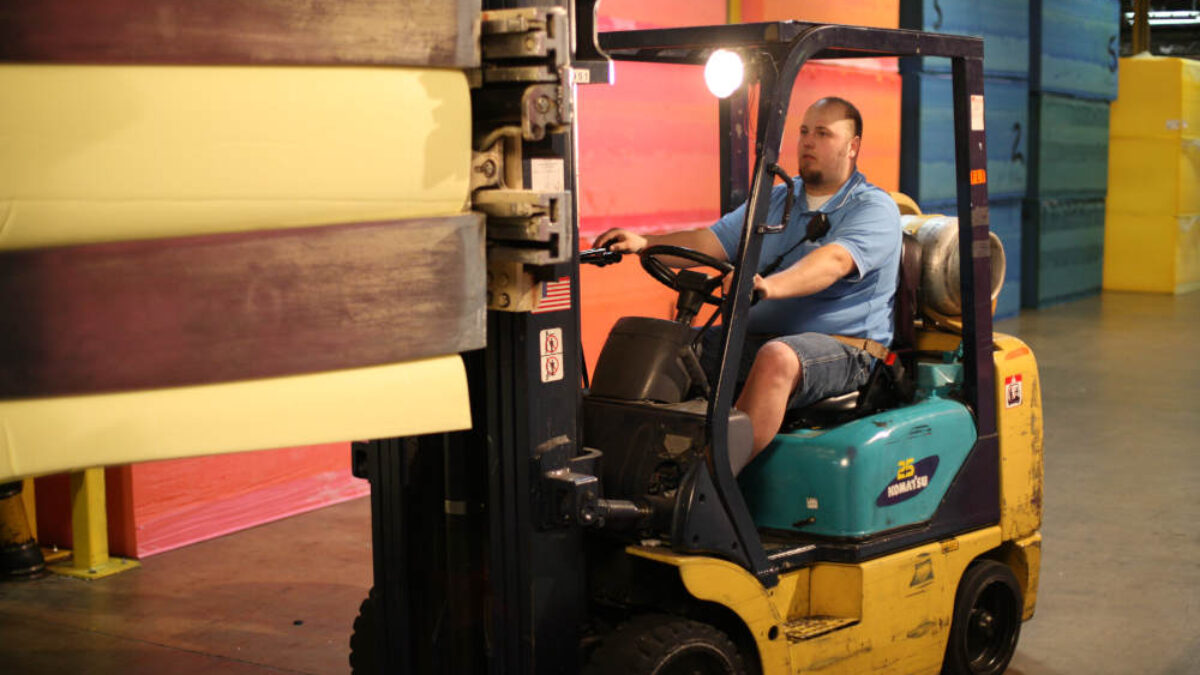Not all packaging foams are created equal. What works for a large and bulky item may not be the best option for something small and fragile. There are many things to take into account when choosing the right packaging foam for your particular items; size is one of them. When choosing a packaging foam, it’s important to ask questions like:
- How delicate is the item, from its overall breakability to its surface (i.e., do you need a foam that’s ideal for Class A surfaces)?
- What kinds of protection does it need?
- Is thermal insulation important?
- Does it need to be protected from vibrations?
- Are electrostatic discharges a concern? If so, you may need foam with ESD protection.
While there are many things to consider, you can get started by reviewing some of the more common foam packaging options for small and delicate items.
Polyethylene Foam (PE Foam)
Polyethylene foam is known for its exceptional cushioning capabilities, making it an excellent choice for protecting fragile items. The material is resilient, lightweight, and resistant to moisture. PE foam is also very customizable, allowing it to be tailored to the specific shape of your delicate item.
The benefits of polyethylene foam include:
- High resiliency for effective shock absorption
- Lightweight
- Cost-efficient
- Resistant to water, moisture, and chemicals
- Customizable to fit various shapes and sizes
- Excellent for packaging electronics, glassware, and sensitive equipment
Polyurethane Foam (PU Foam)
Polyurethane foam is renowned for its versatility and adaptability. It can be used to provide excellent cushioning and protection. PU foam is customizable, and its ability to retain its shape makes it a reliable choice for delicate items that need protection from shock.
The benefits of polyurethane foam include:
- Resilient and adaptable to different shapes
- Excellent cushioning and shock absorption properties
- Versatile and available in various forms
- Non-abrasive, making it Ideal for Class A Surfaces
- Ideal for protecting items like glass, ceramics, and sensitive electronics
Anti-Static Foam
For delicate electronic components and devices, anti-static foam is the go-to choice. It not only provides cushioning but also dissipates electrostatic charges to prevent damage from static electricity. Anti-static foam comes in various forms, including conductive and dissipative options. It’s ideal for protecting any type of item that is susceptible to static electricity.
The benefits of anti-static foam include:
- Protects sensitive electronics from static discharge
- Available in different types to suit specific needs
- Ideal for shipping computer parts, circuit boards, and precision instruments
High-Density Foams
High-density foams offer robust protection for items that require firm and stable cushioning. These types of foam are often used for delicate items with irregular shapes or those that need to be tightly secured during transit. Their dimensional stability is high, meaning they will retain their shape well. High-density foams can also be customized to fit unique item shapes.
The benefits of high-density foams include:
- Provides stable and secure cushioning
- Ideal for odd-shaped or irregular items
- Customizable to accommodate various shapes and sizes
- Used for packaging fragile antiques, glassware, and precision instruments
Need a packaging foam for your small or delicate items? We can help. Get in touch with our foam experts to find the right material for your application.


